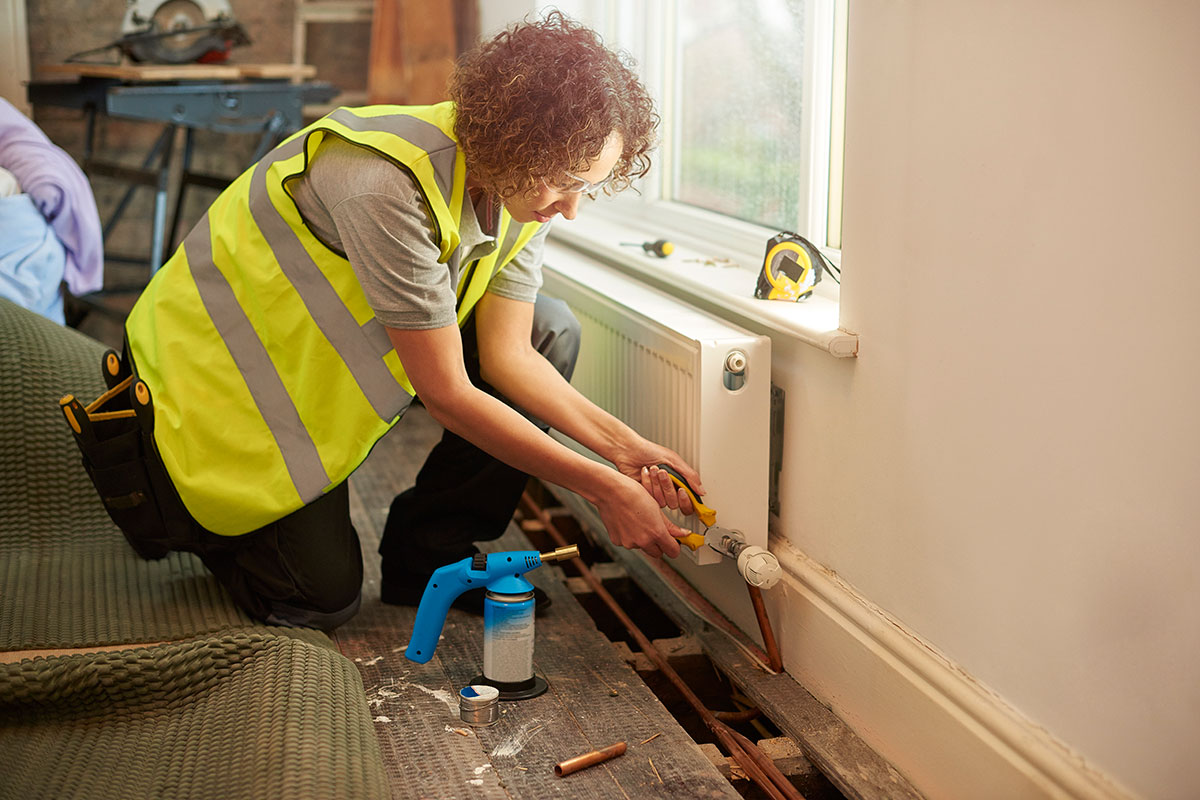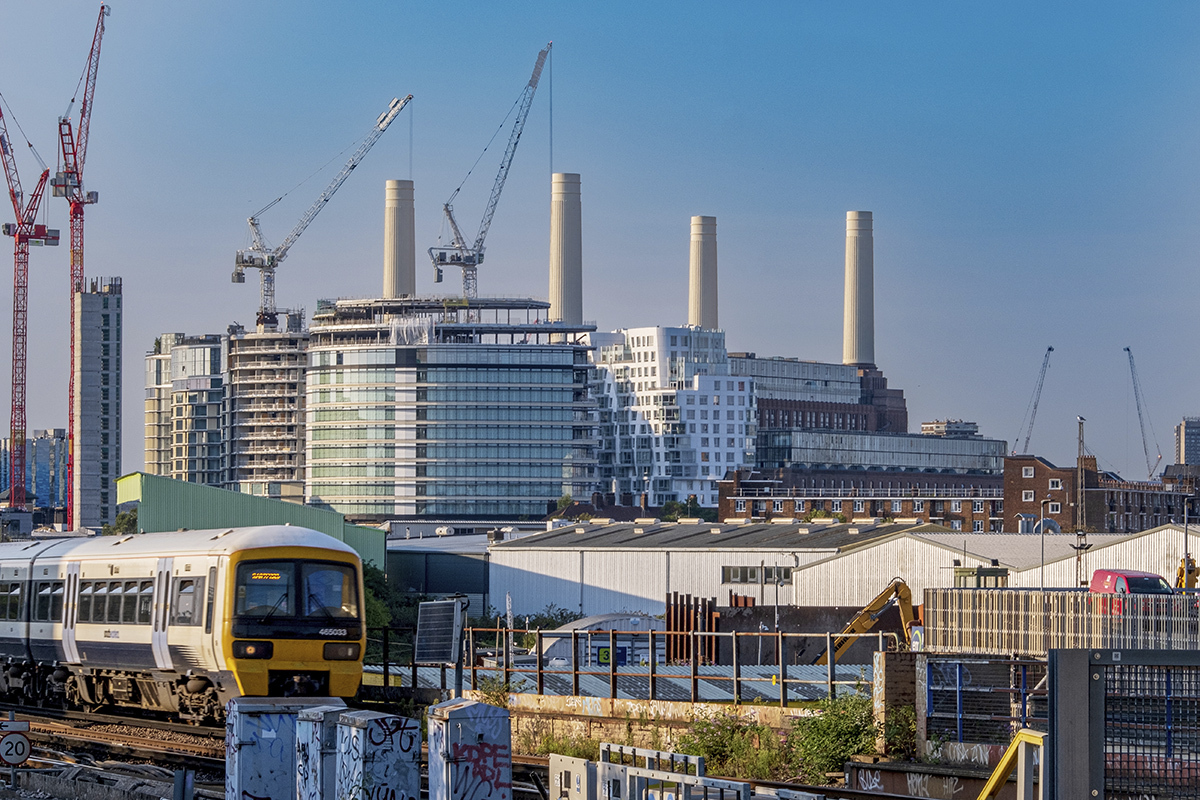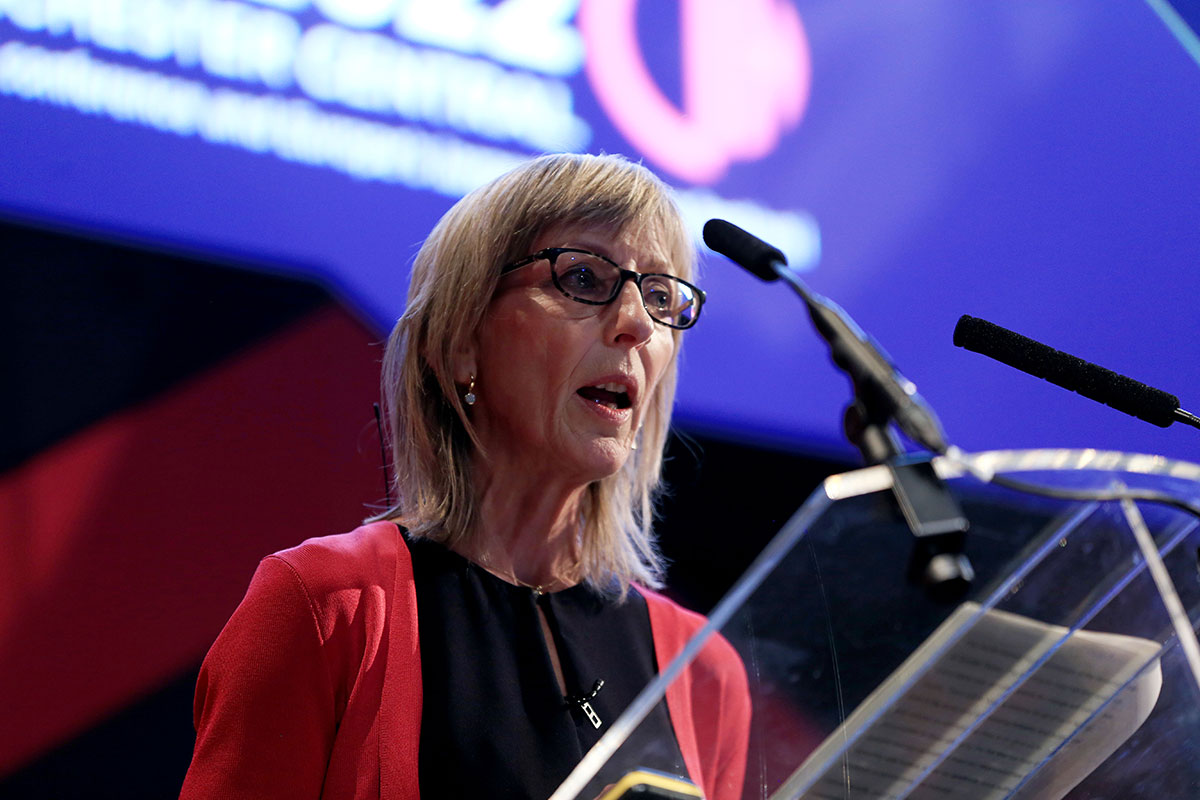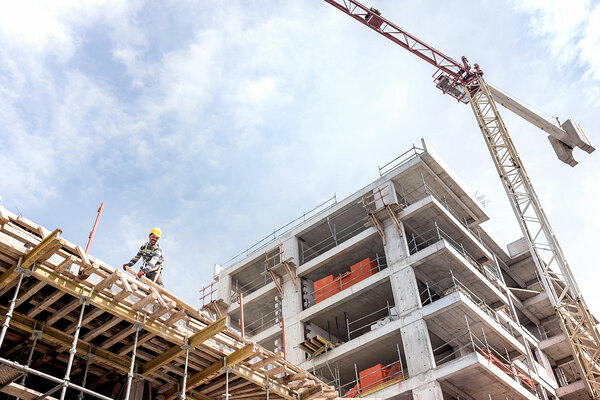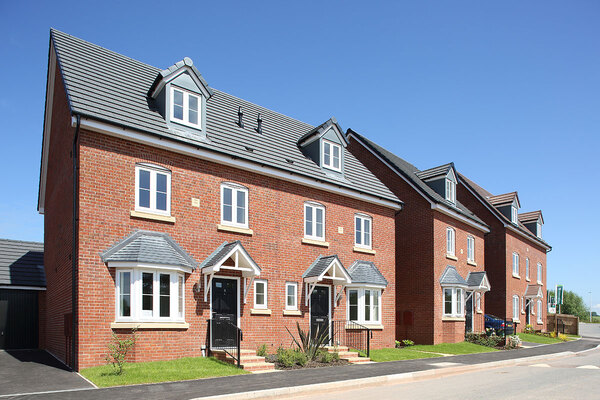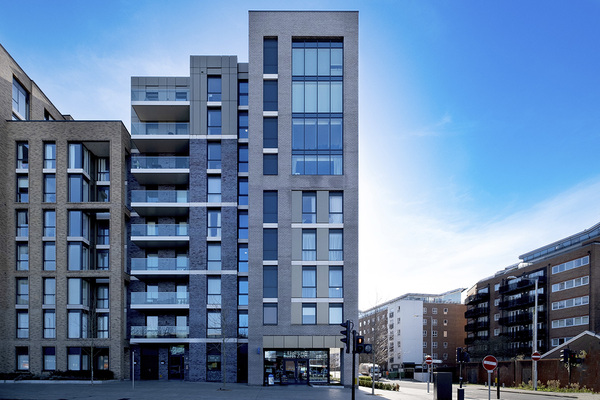You are viewing 1 of your 1 free articles
Global accounts: housing associations spend ‘record’ £6.5bn on existing homes
Housing associations invested record amounts in repairs and maintenance in the last financial year, with £6.5bn spent on existing stock.
Global accounts for the English sector, which cover 204 housing associations, were published by the Regulator of Social Housing (RSH) this morning and showed a post-pandemic recovery in spending on new build, which rose 12% to hit £12.3bn.
Forward projections revealed that organisations continue to plan higher levels of investment in existing stock in years to come, driven by “energy-efficiency factors, stock quality considerations, building and fire safety works… and decarbonisation”.
The landlords, which collectively own 95% of the 2.5 million housing association homes in the country, spent £1.1bn more on existing homes than in the previous financial year – a 20% rise.
The figure of £6.5bn was described as a “record” by the regulator and dwarfs the previous recent peak of £5.7bn in 2019-20 by £800m.
It involves £3.7bn on maintenance, £0.6bn on major works and £2.2bn on capitalised major repairs.
The figures come amid an increased focus on the quality of social housing stock, which has been driven by scandals over disrepair issues and pressure from ministers to do more to fix homes with problems such as damp and mould.
The reporting period does not include the recent inquest into the death of two-year-old Awaab Ishak in Rochdale, but does coincide with a series of stories led by ITV News into disrepair.
It also reflects rising costs and the need to ‘catch up’ on work delayed by the pandemic.
The need to fix serious fire safety issues uncovered in the aftermath of the Grenfell Tower fire and retrofit properties in order to make them more energy efficient is also driving increased stock investment.
The accounts said that more than 80% of providers reported a 5% or greater increase in repairs and maintenance spend on a per unit basis.
Associations also spent £12.3bn on new housing in the year, up 12% from £10.9bn in 2020-21, but below the pre-pandemic figure of £13.7bn.
This investment comprised £9.2bn invested in social and affordable tenures and £3.1bn in outright market units. A total of 49,000 properties for affordable housing tenures, including shared ownership, were built.
The report said “construction works were affected by supply chain issues, impacting the availability of both materials and labour”, with “scheme delays and development programme slippage over this period”.
The additional spending on investment in stock reduced overall underlying surpluses from £2.6bn to £2.4bn. The accounts showed that the overall operating margin had fallen to 19% – the lowest since 2011.
This was driven by a decrease in the surplus raised from the core business of letting social housing properties of £0.4bn, as investment increased.
“The global accounts for 2022 demonstrate a resilient financial performance in the face of testing economic and operating conditions. However, deteriorating margins, lower levels of interest cover and reduced capacity to manage downside risks are indicative of the challenges we expect providers to face in the future,” the document said.
Global accounts: five key figures
£6.5bn
Investment in existing stock, a rise of £1.1bn on last year and a record figure – eclipsing the recent peak of £5.7bn
19%
Average operating margin – the lowest figure since 2011 – driven by the rise in expenditure on existing homes
£16.5bn
Turnover from core social housing lettings – representing 72.3% of the sector's £22.8bn turnover
£2bn
Turnover from selling first-tranche first ownership properties – a £400m rise. The activity generated profit of £300m, with 20% of the increase attributable to one provider
£806m
Generated from selling void properties or stock rationalisation – a rise of 40% from the previous financial year
It added that these challenges had been exacerbated by events after the end of the reporting period, such as spiraling inflation and shortages of both materials and labour.
It also noted housing providers had been able to continue to raise cheap finance over the past decade, which may change following rate increases to 3.5%, which it said could rise as high as 5% later this year.
“In aggregate, 80% of sector debt is held at fixed interest rates for more than one year,” the accounts said.
“However, exposure to interest rate risk varies from provider to provider. Although the sector remains an attractive prospect for investors, providers must be prepared for a period of higher interest rates.”
The sector raised £12.5bn in new facilities in the year, with capital market funding accounting for £7.4bn of this.
The figures showed the sector remains highly reliant on its core business of letting social housing properties, which accounted for £16.5bn, or 70% of total income. Selling shared ownership homes (£2bn) and open market homes (£1.7bn) accounted for just over 16% of income.
The accounts revealed that tenant arrears have gradually increased over the past four years and now stand at 5.2% of gross rents compared with 5.0% in 2021. This figure was before the cost of living crisis really began to impact households in the autumn.
The regulator said more recent figures from its quarterly surveys showed “an increase in levels of arrears and bad debts resulting from the impact of the cost-of-living crisis” and added “it is expected that these indicators will continue to deteriorate” in the current financial year.
The period covered – the 12 months up to the end of March 2022 – was a time when pandemic restrictions were either absent or being lifted, but their continuing effect on the economy as well as the Russian invasion of Ukraine “contributed to an increasingly uncertain macroeconomic environment,” said the report.
It said the numbers show the sector “generally responded well to the challenges faced in the reporting year and are in a reasonably strong position to respond to more difficult operating conditions in the future”.
It added: “In response to the unprecedented level of uncertainty we expect providers to adapt plans and consider the implications of potential trade-offs.
“It is vital they continue to manage their resources and risks effectively to ensure that their financial viability is maintained and that they remain capable of delivering effective services and on their responsibilities to tenants.”
Sign up for our development and finance newsletter
Already have an account? Click here to manage your newsletters
Sign up to the Social Housing Finance Conference 2023
Join us at the Social Housing Finance Conference, recognised as the longest-standing UK-wide, one-day event of its kind. It brings together over 350 sector leaders, and senior finance and treasury professionals from housing associations and local authorities to discuss the strategic, operational and technical finance matters of most importance.
Click here to find out more and book your delegate pass.
